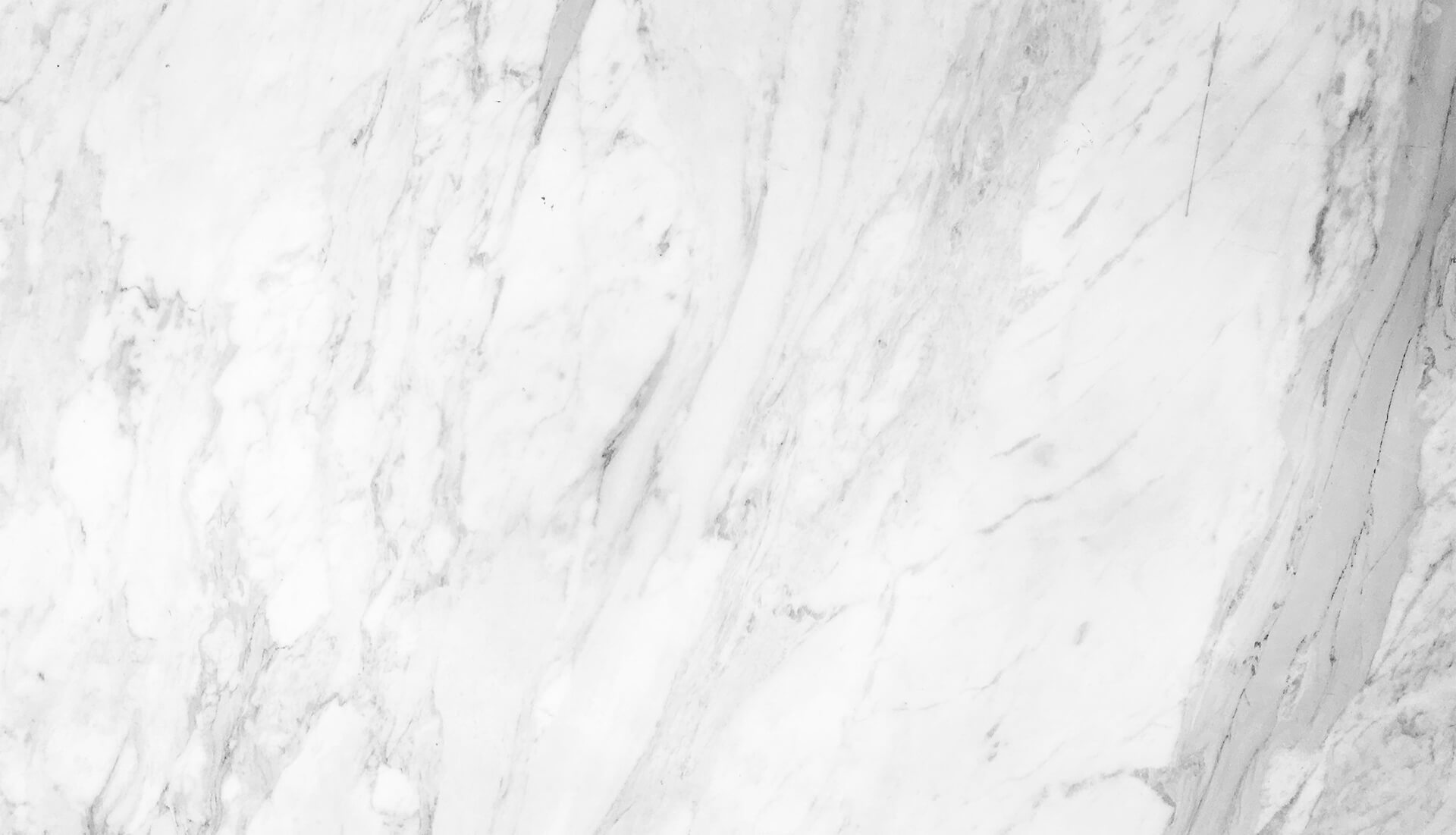Worshiping the golden statue
When I was a little girl, my grandfather, a farmer who communists liquidated, read me from the Bible. Similarly, my dad read me and my brother, mainly during Christmas and Easter seasons.
When my husband and I had four children, I read them biblical stories every
night before bed. One of the most popular stories was a narration about Daniel.
I read them stories from the book of Daniel countless times. The children liked
them, and I found them appropriate to instill in them defiance not only against the regime but against everything that
is not true, honest, that bends the spine.
Here is a short retold by me about the story of the three young men from
the book of Daniel:
King Nebuchadnezzar ordered everyone to bow down and worship the golden
statue he had built.
He who disobeyed was to be thrown into the fiery furnace. Three young Jews
refused to bow down to the statue and were brought before the king. The king
became angry and threatened to throw them into a fiery furnace. He mocked them:
Which God will deliver you from my hand? The men answered the king: If our God
whom we serve can deliver us from the burning furnace, and your hand, he will
deliver us; and if he does not, know, o king, that we will not serve your god,
nor worship the golden statue.
And so, the three young men were thrown into the burning fiery furnace. Those
who threw them there were scorched by the fire. But nothing happened to the
three young men. And at the end, King Nebuchadnezzar praised God himself.
For some, it may be an ancient text saying nothing or a beautiful fairy
tale, and for others profound wisdom. Jews, and later Christians too, cannot
worship any god, any golden statue, because God makes himself known to them.
That is why, only God can and should be worshipped. Finally, the core of the
story is also the content of the Ten Commandments and the story of the golden
calf.
In my article Reconciliation at the Price of a Broken Spine, I explained
why I reject the Archbishopric's proposed reconciliation. I touched on the core
of the problem.
Because of another Archbishopric's statement for the court from October
2023, I return to the topic again and point out other elements on which the Archbishopric
directly invites me to comment. And the golden statue is an apt metaphor here.
In its statement to the court dated 30/10/2023, the Archbishopric stated
that they did not wish to litigate and repeatedly offered reconciliation. They
also stated that I, as the only one of the hospital chaplains, have a problem
with accepting the decree. They claim that the Basic Document was approved by
the Holy See and therefore my claims are false and just a subjective opinion.
Note: The Basic Document is a set of information that each church had to process for the needs of the state.
What is the truth?
1/ The text of the Basic Document and its changes are approved by the Czech
Bishops' Conference.
2/ Changes to the documents (Catechism of the Catholic Church and Code of
Canon Law) which are annexes to the Basic Document are approved by the
Apostolic See (Sedes Apostolica) in Rome.
The Archbishopric's claim in its statement to the court about the Holy
See's approval of the Basic Document is not true.
However, why not present me before the court as someone who gives false
information that is, moreover her subjective idea?
Well, what is the connection between the golden statue, the golden calf, or the Ten Commandments and the Basic Document? In the Basic Document, one of the current pillars of the Catholic Church's teaching about women was denied - that is, a woman cannot become a cleric because she cannot receive ordination.
But why? What's behind it? It is certainly not the case that the Archbishopric
is so progressive that it is interested in improving the position of women in
the Catholic Church.
Then what is it? It's about the golden statue, the golden calf. The Basic
Document has become a golden statue that has even laid golden eggs: Since 2007,
the Archbishopric has employed several dozen lay persons in service as clergy. From
the beginning of 2007 until January 1, 2013, the Archbishopric drew state funds
for these lay people - "pseudo-clerics " - as clergy.
The second issue related to the Basic Document may seem secondary to
financial matters. However, as a woman, I find it even less acceptable.
A woman - if she wants to carry out
her vocation (literally and figuratively - if she feels to be called by God to
accompany the sick) is put in an unsolvable situation.
1/ She bows down and accepts the decree. The Archbishopric can dismiss her
at any time.
She will not seek justice in the ecclesiastical courts, because according
to the Code, she is not a cleric. Nor can she seek justice in the civil courts,
because she consciously and freely entered the cleric state (by accepting the
decree according to the opinion of the Archbishopric a person becomes a cleric)
and therefore has a service relationship that is not subject to the protection
of the civil courts. The fact that her condition is a pseudo-clerical condition
will not be addressed in the courts.
2/ If a woman doesn't bow to this despotism, she must
leave away, or she can't even consider realizing her vocation. This will
continue as long as the Archbishopric persists in its falsehoods stated in the
Basic Document and the Directive on chaplains.
I was lucky enough to be put in a situation where I could speak freely. At
the same time, I understand why other women don't speak up.
And so, I remain alone, the only one.
